The National Museum of Natural History (Filipino: Pambansang Museo ng Likas na Kasaysayan), the national natural history museum of the Philippines, was constructed in 1940 as the Agriculture and Commerce Building. The building, designed in a Neo-Classical style by Filipino Architect Antonio Toledo in the late 1930s, has the same dimensions and floor plan as the Finance Building, its twin building located at the northern side of the circle.
In February 1945, during World War II, both buildings were bombarded with heavy artillery fire by American forces and destroyed in the Battle of Manila. In 1949, after the war, both were reconstructed according to the original plans.
At some point in time, the building was occupied by the Department of Tourism (DOT). However, the National Museum Act, which was passed in 1998, mandated the conversion of three civic buildings within Rizal Park, the Legislative Building, the Department of Finance Building, and the Department of Tourism Building, into museums. In 1998, the Finance Building became the first to be repurposed with the building converted into the National Museum of Anthropology.
In 2000, the Legislative Building was converted into the National Museum of Fine Arts and, in 2015, the DOT Building became the National Museum of Natural History when the DOT moved its offices to the nearby city of Makati (it is planning to return to Manila after the completion of its proposed headquarters located in Intramuros).
In 2013, in preparation to have the DOT Building host the National Museum of Natural History, the National Museum of the Philippines invited five architects to submit proposals for the retrofitting. The design of the team from Dominic Galicia Architects and interior designer Tina Periquet, involving the maintenance of the building’s facade except for the addition of a glass dome supported by a double helix structure inspired by DNA, was chosen.
The project, estimated to cost around ₱1 billion, was initially scheduled to be completed in 2015 in time for the 2015 APEC Summit but the bidding for prospective contractors for the renovation of the building was only done in September 2015. On September 30, 2017, the National Museum of Natural History was officially inaugurated and, on May 18, 2018, the museum opened.
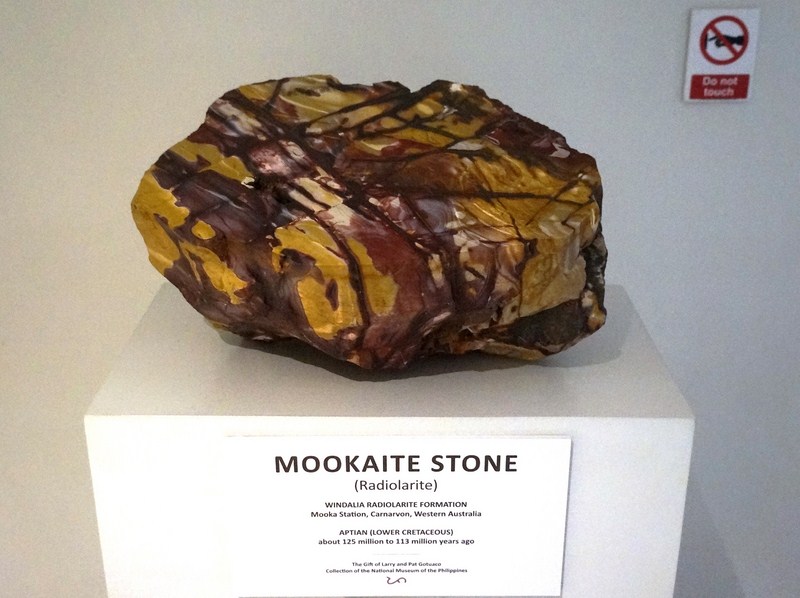
Mookaite Stone (Radiolarite), Aptian (Lower Cretaceous), about 113 – 125 million years ago, from the Windalia Radiolarite Formation , Mooka Station, Carnarvon, Western Australia
The articulated façade has Corinthian columns and pilasters that rise, from the second floor, to the height of the three storeys of the museum. The first storey resembles the one storey high plinth where these columns and pilasters rest. Columns and pilasters , surrounding the entire wall, support the decorative entablatures.
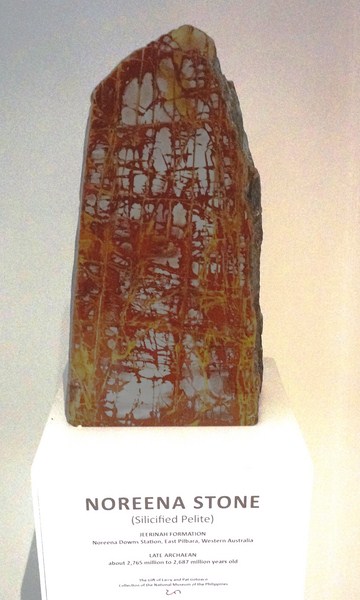
Noreena Stone (Silicified Pelite or Mudstaone), Late Archaean, 2,765 – ,687 million years ago, is a semi-precious sone from the Jeerinah Formation, Noreena Downs Station, East Pilbara, Western Australia, some 700 miles north of Perth, the capital.
Ornate grillwork decorates the arched windows on the second storey and the rectangular windows on the rest. The corners of the building are reinforced by Corinthian columns framing a two storey, high arched window.
Like the Department of Finance Building, it has an odd trapezium plan with a chamfer at its southeast obtuse vertex and a concave side on its northwest, fronting the rotunda. Its halls and rooms are orthogonally arranged around a central courtyard with the same trapezium shape. The chamfered corner entrance is accentuated by a modest pediment.
The striking “Tree of Life” foyer (Introduction to the Museum), the atrium’s centerpiece and main feature that forms the spatial and symbolic fulcrum of the museum, is a commanding architectural structure that covers the courtyard of the six-storey building.
It is composed of two parts. The aluminum and glass-paneled dome serves as the atrium’s ceiling. The supporting DNA-like, double helix structure, linking the dome to the atrium’s ground, broadens near the roof, making it similar to a tree trunks leaves and branches extending in the canopy of the museum.
The 10-pax scenic central elevator, itself an attraction, offers a great 270-degree view of the museum’s foyer/atrium. It also leads visitors to the ramp system where visitors can move from one floor to the other with ease. The dome brings in a generous amount of light and, on a sunny day, casts pretty shadow patterns on the floor. Prior to the museum’s public opening, the Tree of Life was unveiled on June 28, 2016.
The National Museum of Natural History has six floors with 12 galleries that display zoological, botanical and geological specimens with interactive displays, video guides, diagrams and illustrations integrated.
First Floor
- Lower Entrance Hall
- Lower Courtyard
- Education
- Function Halls
- Visitor Services.
The Hyundai Entrance Hall houses a prominent highlight of the museum’s osteological collection, the almost completely intact skeleton of the Marinduque Sperm Whale, a toothed whale of the species Physeter macrocephalus hangs from its ceiling. A male, it was found in Torrijos, Marinduque, near Cagpo. Measuring 13.5 m. (43.5 ft.) long, it was purchased by the National Museum of the Philippines from Mr. Luciano Matienzo who recovered, cleaned, preserved and kept it. It was unveiled on February 16, 2019, World Whale Day.
Displayed at the Richard McGregor Hallway are the petrified wood collection of Larry and Pat Gotuaco, donated to the National Museum of the Philippines in 2018. The collection includes 88 foreign woods from the USA, Indonesia, India, Myanmar, Saudi Arabia, and Greece as well as eight large pieces of petrified wood from Cagayan, Iloilo, and Mindoro.
The wood structures, preserved in detail, are shaded in vivid hues and complex color patterns with the mineral present determining the colors of the wood such as blue-green color from chromium, copper, and cobalt-rich minerals; red-brown, orange, pink and yellow color from manganese and iron-rich minerals; transparent white and gray color from silica-rich mineral; and black color from carbon-rich mineral.
Behind glass, you will also see the taxidermied Philippine eagles Gemma (named after former National Museum Director and beauty queen Gemma Cruz-Araneta) and Tinuy-an (named after a waterfalls in Bislig, Surigao del Sur).
At the Lower Courtyard is the large-scale glass sculpture “ARCANUM XIX, Paradise Regained” (1976) by renowned glass sculptor Ramon Orlina.
Second Floor
- Gallery XI (Our Natural Inheritance): Phinma North Exhibition Hall
- Gallery XII (Temporary Exhibitions): Phinma South Exhibition Hall
- Upper Entrance Hall
- Upper Courtyard
- Ayala Reception Hall
The Shell Philippines Centennial Upper Courtyard houses four museum-authorized replicas of famous dinosaur fossil discoveries, acquired in 2018 and part of the Larry and Pat Gotuaco Collection, all made to the exact specifications of the original pieces which are under the care of several museums abroad.
The dinosaur skull replicas include the Tyrannosaurus rex (Late Cretaceous Period, 68 to 66 million years ago), the Ceratosaurus nasicornis (Late Jurassic Epoch: 155 to 145 million years ago), and the Camarasaurus grandis (Late Jurassic Epoch, 155 to 145 million years ago). A left hind leg of the Camarasaurus grandis is also part of the exhibition.
Giant tapestry posters along the Shell Philippines Centennial Upper Courtyard feature three unique animals endemic to the Philippine archipelago – the Philippine Eagle, the Tamaraw and the Philippine Tarsier.
Check out “Gallery XI (Our Natural Inheritance),” “Ayala Reception Hall” and “The Sad Tale of Lolong“
Third Floor
- Gallery IX (Mangroves, Beaches and Intertidal Zones) –Bloomberry North Exhibition Hall.
- Gallery X (The Marine Realm) –Bloomberry South Exhibition Hall.
The Juan de Cuellar y Villanueva Corridor here houses a series of oil paintings, commissioned by Dr. Edgardo Quisumbing (Father of Philippine Orchidology and one of the museum’s former directors) and executed between 1948 and 1960, documenting the different varieties of orchids around the country.
Check out “Gallery IX (Mangroves, Beaches and Intertidal Zones)” and “Gallery X (The Marine Realm)”
Fourth Floor
- Gallery V (Mossy, Montane and Pine Forests) – Zuellig Family Exhibition Hall
- Gallery VI (Lowland Evergreen Rainforests)
- Gallery VII (Ultramafic and Limestone Karst Forests) –First Philippine Holdings Exhibition Hall.·
- Gallery VIII (Freshwater Wetlands) –Megaworld Exhibition Hall.
Check out “Gallery V (Mossy, Montane and Pine Forests),” “Gallery VI (Lowland Evergreen Rainforests),” “Gallery VII (Ultramafic and Limestone Karst Forests)” and “Gallery VIII (Freshwater Wetlands)”
Fifth Floor
- Gallery I (Philippine Biodiversity): Sunlife Philippines Exhibition Hall
- Gallery II (The Geology of the Philippines)
- Gallery III (Minerals and Energy Resources)
- Gallery IV (Life Through Time)
Check out “Gallery I (Philippine Biodiversity),””Gallery II (The Geology of the Philippines),” “Gallery III (Minerals and Energy Resources)” and Gallery IV (Life Through Time)”
Sixth Floor
- Roof Garden
- Function Halls
- National Museum Conference Center.
National Museum of Natural History: Agrifina Circle, Rizal Park, T.M. Kalaw cor. Gen. Luna Sts., Manila. Open Tuesdays – Sundays, 9 AM to 12 noon (cut off time is 11 AM) and 1 to 4 PM (cut off time is 3 PM). Tel: 82981100 local 3000 and 85277889. E-mail: cmvod@nationalmuseum.ph or inquiry@nationalmuseumph.gov.ph. Visitors shall be limited to 100 per museum per session. Visitors are required to pre-book online at https://reservation.nationalmuseum.gov at least a day before the visit. Confirmation of booking will be sent through email.Group reservations are limited to five (5) persons only. Walk-in visitors will NOT be accommodated. Coordinates: 14°34′59.9″N 120°58′55.9″E.

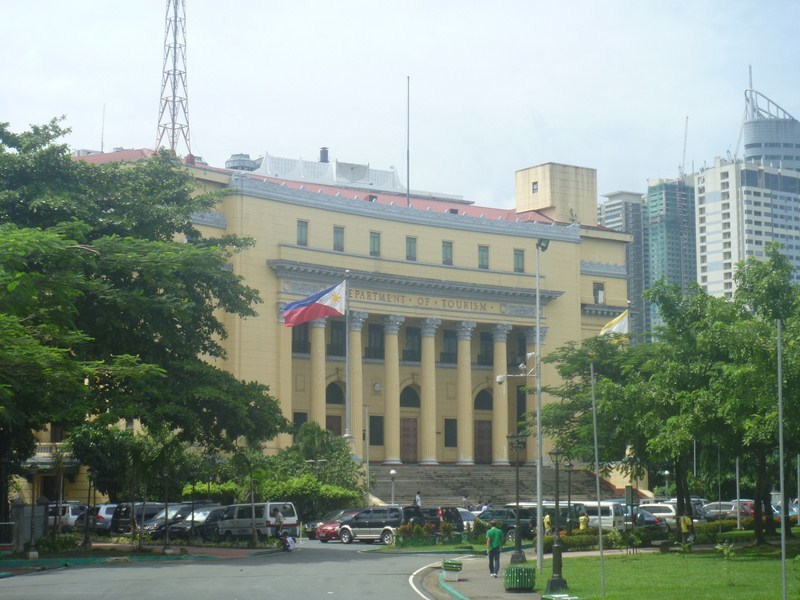
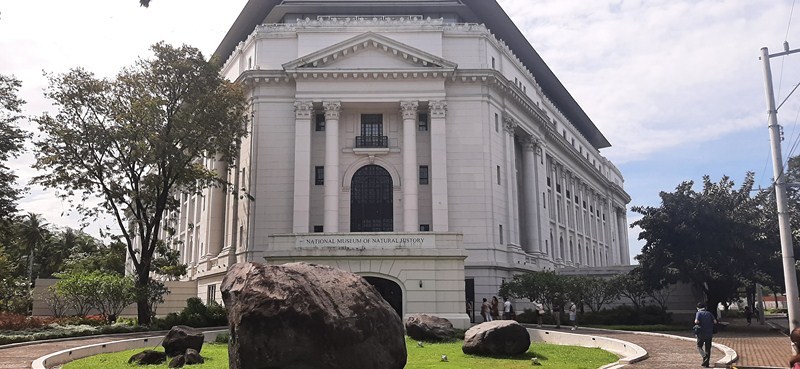

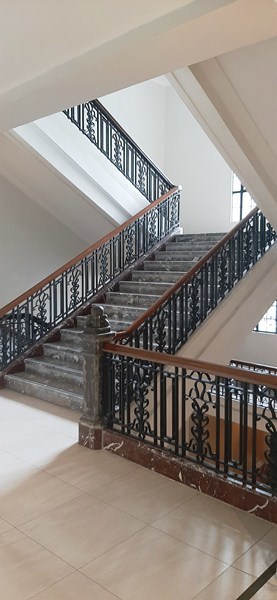
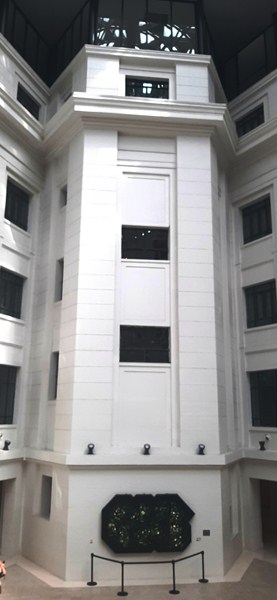
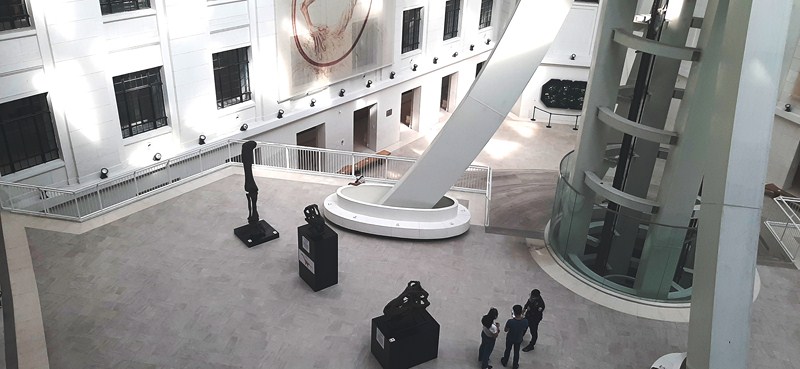
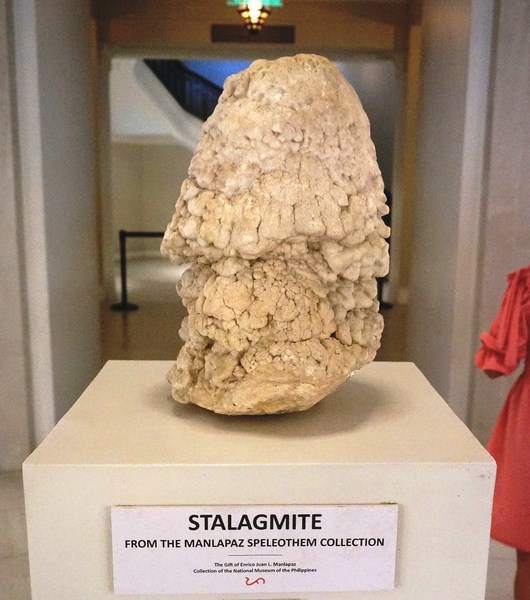
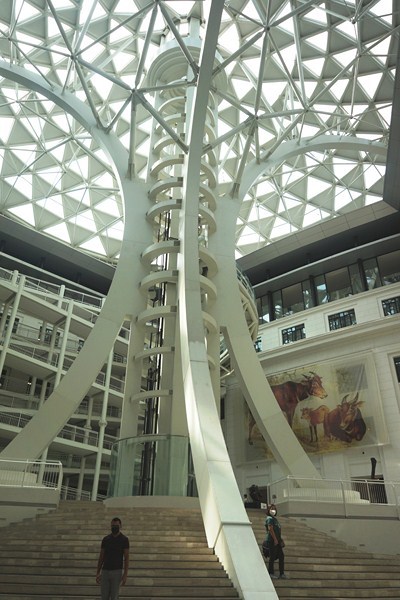




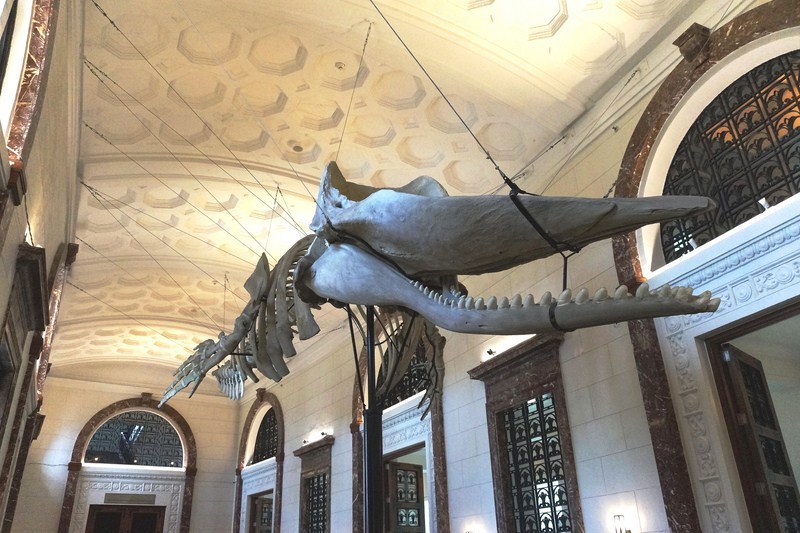
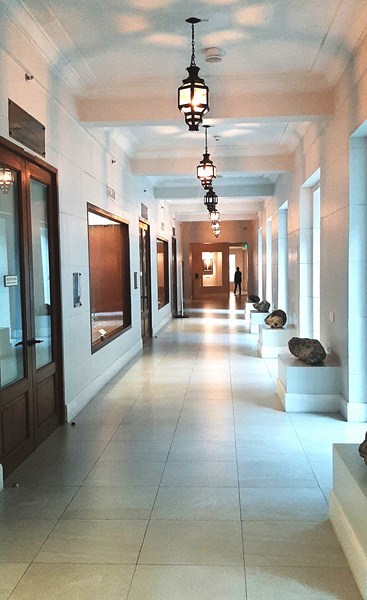
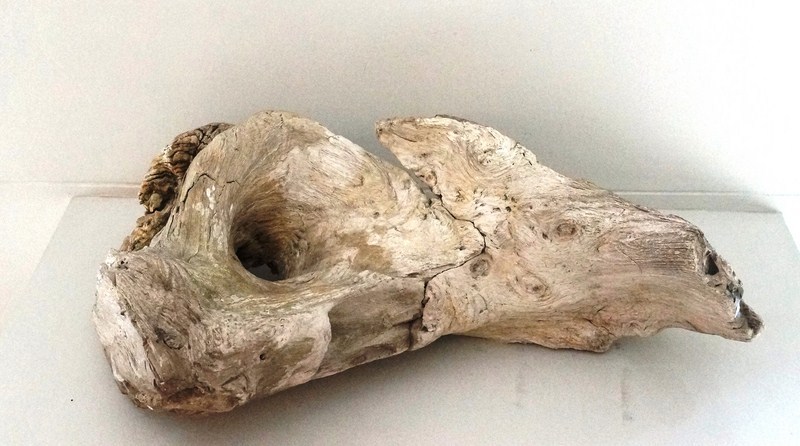
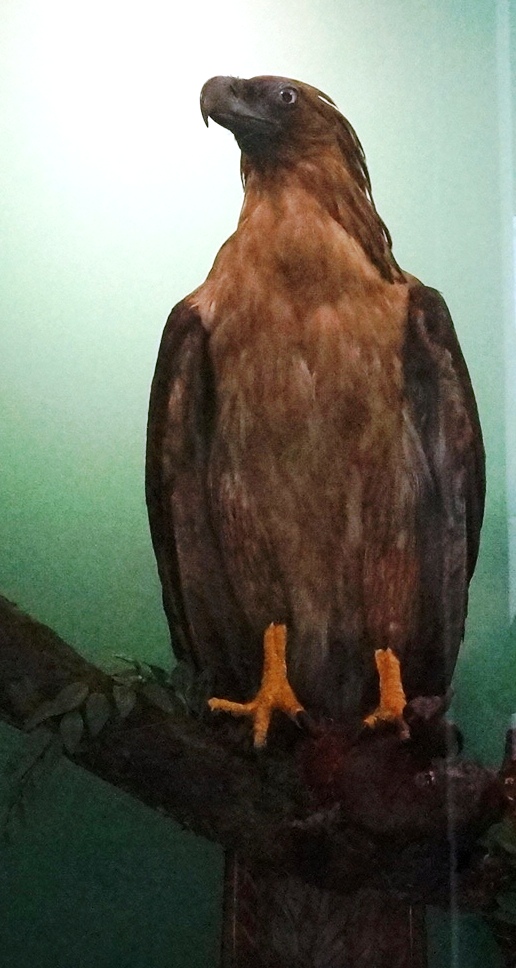

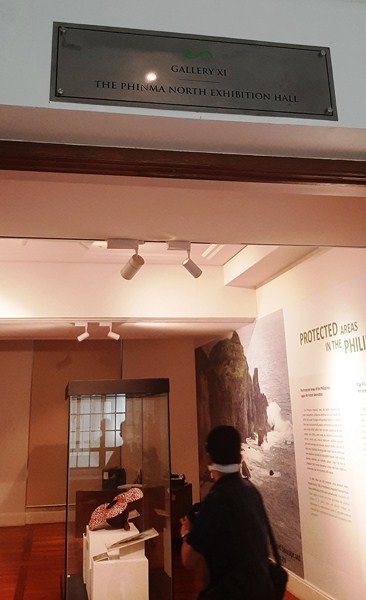
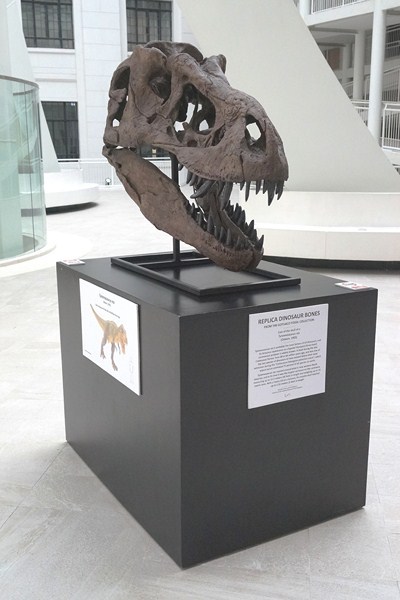
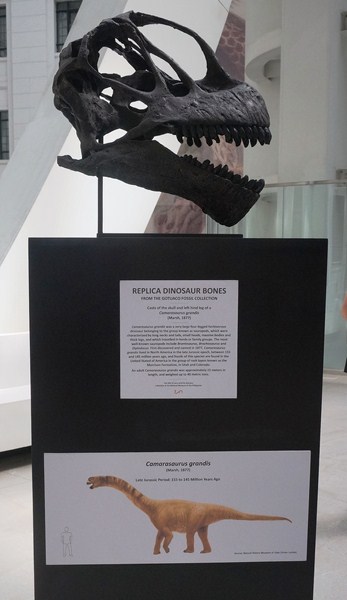
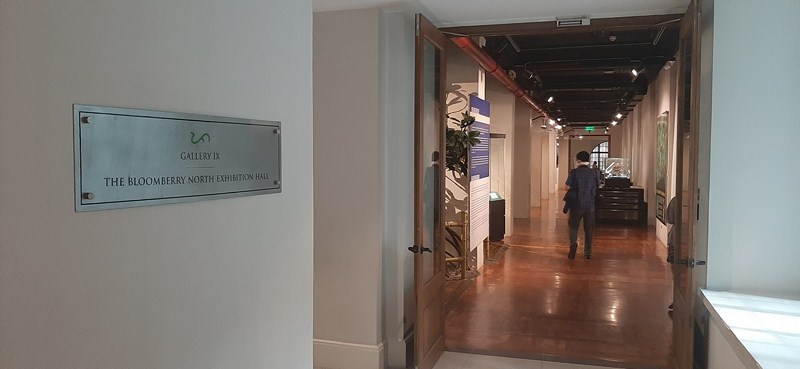
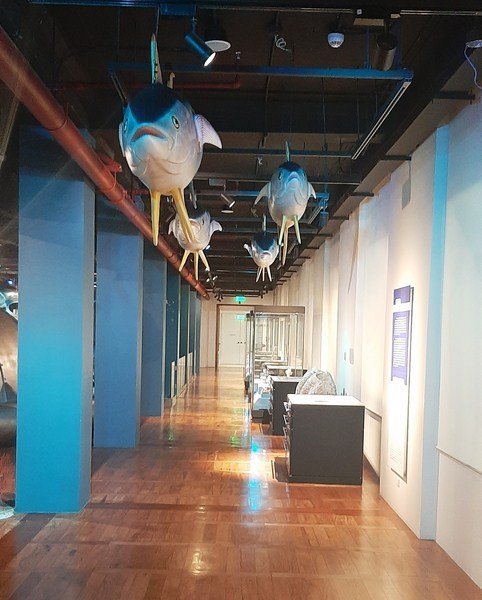
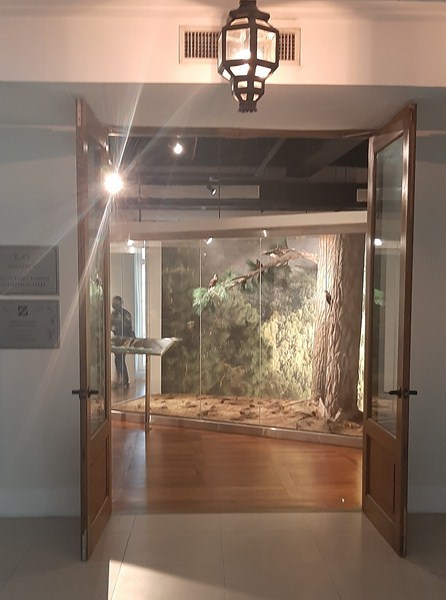

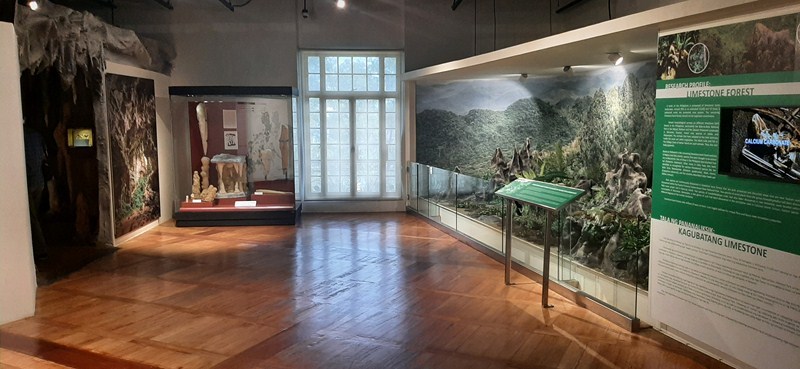
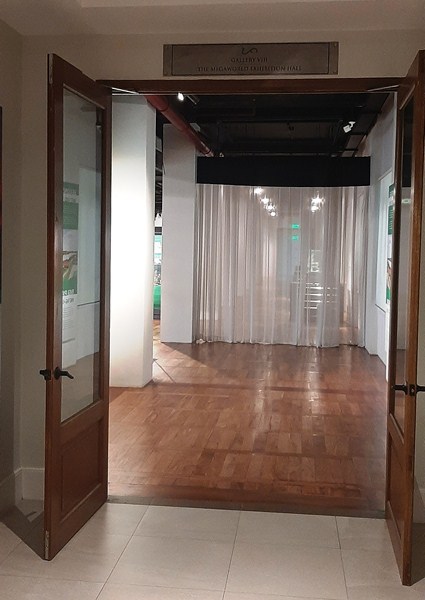
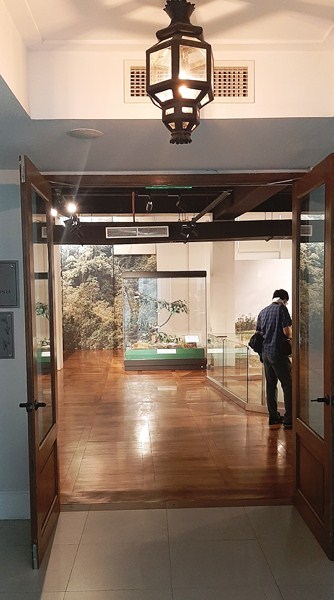
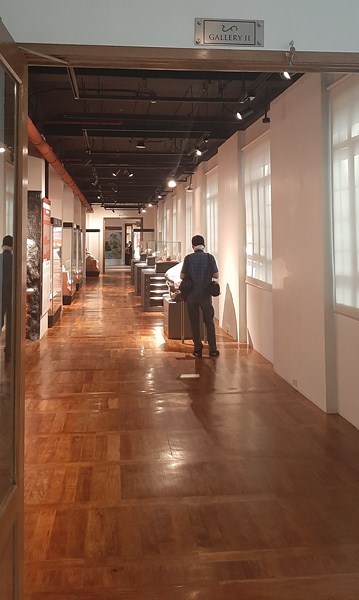


Pingback: Gallery VI – Lowland Evergreen Rainforests – (National Museum of Natural History, Manila) – B.L.A.S.T. – Live Life to the Fullest ……… Don't Stay Put